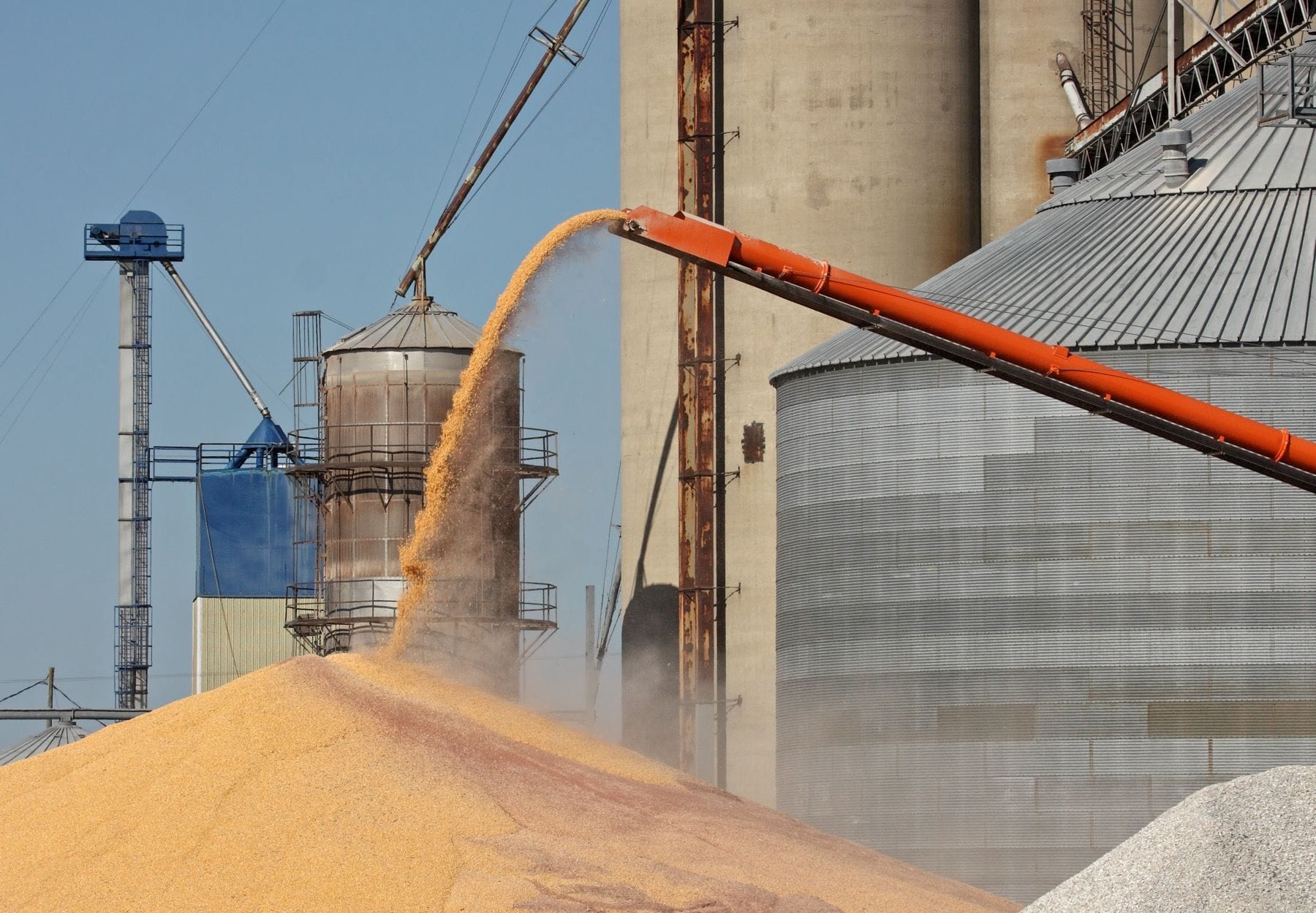$2.5M Amputation Verdict Affirmed in Fourth Circuit Appeal
The Fourth Circuit upheld a $2.5 million verdict for a North Carolina farm worker who lost his leg in a grain auger accident. The ruling affirms liability under the “last clear chance” doctrine and addresses key arguments on negligence, expert testimony, and trial conduct.
Published on
The Fourth Circuit has upheld a $2.5 million jury verdict awarded to a North Carolina farm worker who suffered a traumatic leg amputation after an incident involving a grain auger at his workplace. The ruling affirms both the compensatory damages awarded to Robbie Plyler and a separate consortium award to his wife. Plyler, who worked in maintenance at Cox Brothers Farms, sustained life-altering injuries in 2020 when his leg became entangled in an active grain auger located inside a silo on the property.
At trial, a jury found that while both Plyler and the farm shared some degree of negligence, Cox Brothers Farms ultimately bore responsibility due to its “last clear chance” to prevent the accident. This doctrine under North Carolina law can override a plaintiff’s contributory negligence if the defendant had a final opportunity to avoid harm and failed to act.
Arguments Raised on Appeal
Cox Brothers Farms appealed the judgment, challenging the trial court’s denial of its motions for summary judgment, judgment as a matter of law, and a new trial. The farm also objected to the admission of expert testimony concerning federal safety regulations. However, the Fourth Circuit concluded the district court had acted within its discretion on all points.
A key issue raised on appeal involved the farm's assertion that the individuals named in the lawsuit—owners Russell and Phyllis Cox, along with their son and grandson—were not physically present at the grain bin and therefore could not have exercised the “last clear chance” to avert Plyler’s injury. The appellate panel, led by Senior Judge Henry F. Floyd, dismissed that argument, noting that Cox introduced this “physical proximity” theory for the first time in post-trial filings. The farm had failed to distinguish between the individuals and the farm entity in its jury instructions, which the court deemed a critical oversight.
The “Last Clear Chance” Doctrine
Cox further attempted to reinterpret the “last clear chance” doctrine by invoking a specific formulation from the Second Restatement of Torts, which it had not previously introduced in district court. The panel rejected this argument outright. Quoting Cutter v. Wilkinson, Judge Floyd reminded the parties that appellate courts are “courts of review, not of first view.” Since the theory was never raised in the lower court, it could not be considered on appeal.
The panel also concluded that the record contained sufficient evidence to support the jury’s application of the doctrine. As such, Cox’s efforts to reverse the jury’s findings under North Carolina negligence law failed.
Expert Testimony and OSHA Regulations
Another focal point of Cox’s appeal was the trial court’s decision to permit expert testimony referencing Occupational Safety and Health Administration (OSHA) regulations. Cox claimed the court abdicated its role by allowing the jury to determine the relevance and reliability of the expert's views.
The Fourth Circuit disagreed, emphasizing that juries are permitted to weigh the probative value of expert opinions, particularly when experts draw on technical knowledge and field expertise. In this case, the expert provided testimony about the adequacy of the silo’s sump design—the grain entry points—despite not testing the exact equipment involved. The panel held that the expert’s conclusions were supported by sufficient underlying data and therefore admissible under the Federal Rules of Evidence.
Prejudicial Evidence and Trial Structure
Cox also challenged the trial structure, arguing that the court should have bifurcated the proceedings into separate phases for liability and damages. According to the farm, jurors were improperly influenced by financial evidence and graphic photographs of Plyler’s injuries. The court, however, found no abuse of discretion.
Judge Floyd pointed out that the trial court issued limiting instructions, guiding jurors to consider financial records solely in the context of punitive damages, not liability. These instructions, the panel held, were sufficient to mitigate any prejudicial effect. Citing Supreme Court precedent, the opinion reiterated that juries are presumed to follow judicial directions and act rationally, not emotionally.
In addition, Cox’s post-trial arguments for summary judgment on gross negligence and punitive damages were deemed moot, as the jury declined to find the farm liable on those specific counts.
What’s Next?
With the Fourth Circuit’s ruling, the $2.5 million judgment stands. The panel did not reach the protective cross-appeal filed by Plyler’s legal team, as the district court’s rulings were affirmed in full.
“We are thankful to the jury and the courts for their diligence and attention to Mr. and Mrs. Plyler’s injury and the law in the state of North Carolina,” said Plyler’s attorney, J. Alexander Heroy of James McElroy & Diehl PA, in a statement to Law360.
Law Firms Involved
Robbie Plyler is represented by J. Alexander Heroy, Preston O. Odom III, and Jennifer M. Houti of James McElroy & Diehl PA.
Cox Brothers Farms and the named individual appellants are represented by Christopher P. Raab and L. Cameron Caudle Jr. of Caudle & Spears PA.
The case is Robbie Plyler v. Russell Cox, case numbers 24-1488 and 24-1445, in the U.S. Court of Appeals for the Fourth Circuit.
Key Questions Answered
What is the “last clear chance” doctrine?
The “last clear chance” doctrine allows a plaintiff to recover damages even if they were negligent—so long as the defendant had a final, clear opportunity to prevent the harm but failed to act. In this case, the jury found Cox Brothers Farms had that opportunity and bore ultimate responsibility.
Can OSHA regulations be used as evidence in civil lawsuits?
Yes, courts can allow expert testimony referencing OSHA standards if it helps a jury understand safety practices and evaluate negligence. In this case, the court ruled that the expert’s opinion—based on technical knowledge and industry norms—was properly admitted.
What role did expert testimony play in this case?
The plaintiff’s expert analyzed the design of the grain silo's sump area and opined on its safety. Despite not inspecting the specific machinery involved, the expert’s conclusions were based on relevant data and industry standards, which the court found admissible under federal evidence rules.


